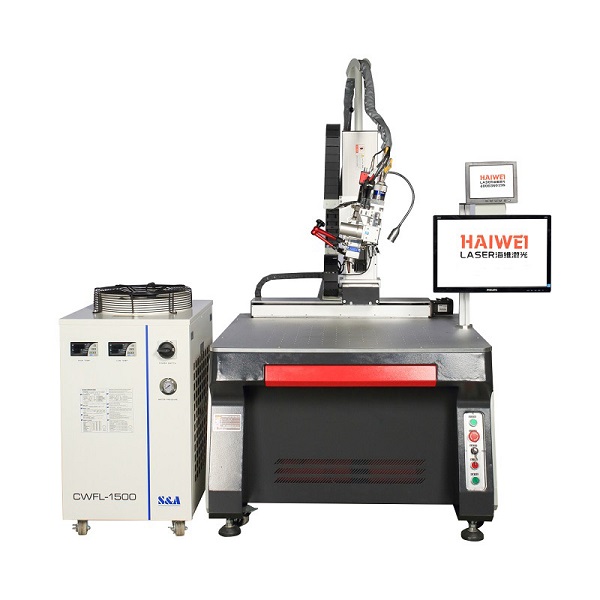Laser Welding Machine: Practical Ways to Improve Production Efficiency
In modern manufacturing, improving throughput without sacrificing quality is a constant challenge. A laser welding machine offers several practical advantages that directly contribute to higher productivity across various industrial applications.

Faster Welding Speeds
One of the main benefits of a laser welding machine is its high processing speed. The focused laser beam delivers energy precisely to the joint, allowing travel speeds 2–3 times faster than traditional arc welding. This reduces cycle time significantly, especially in long seam or continuous weld applications such as battery tab joining or sensor housing sealing.
Reduced Need for Post-Processing
Laser welding produces clean, narrow weld beads with minimal spatter and low heat distortion. As a result, parts often require little to no grinding, polishing, or rework after welding. This saves labor, reduces handling steps, and shortens overall production time.
High Repeatability and Automation Compatibility
Once a welding program is set, a laser welding machine can repeat the same process thousands of times with consistent results. When integrated with robotic arms, XY stages, or conveyor systems, it enables lights-out operation and unattended production. Automated loading and vision-guided positioning further reduce human intervention and setup errors.
Flexible Process Control
Modern systems allow operators to store multiple welding recipes for different part types. Switching between jobs takes minutes rather than hours, improving line flexibility. Parameters such as pulse shape, power ramping, and focus position can be fine-tuned to optimize both speed and quality.
Lower Maintenance and Operating Costs
Fiber-based laser welding machine systems have fewer consumables compared to TIG or MIG setups. There’s no need for electrodes or filler wire in most applications. With proper cooling and regular optical maintenance, these machines offer stable performance over long periods.
A laser welding machine improves efficiency not just through speed, but by streamlining the entire welding workflow—from setup and execution to post-weld handling. For manufacturers looking to increase output and reduce operational complexity, upgrading to laser welding is a practical step forward. Focus on system reliability, ease of integration, and support for automation when selecting equipment.
Recent Posts
- What are the advantages of laser welding machines in lithium battery pack production lines?
- What issues should be noted when choosing a lithium battery pack production line?
- Quality Inspection and Control of Lithium Battery Module Pack Production Line
- Cell grouping and sorting process in lithium battery module pack production line
- What are the safety hazards of lithium battery pack production lines and how can they be prevented?
INQUIRY

